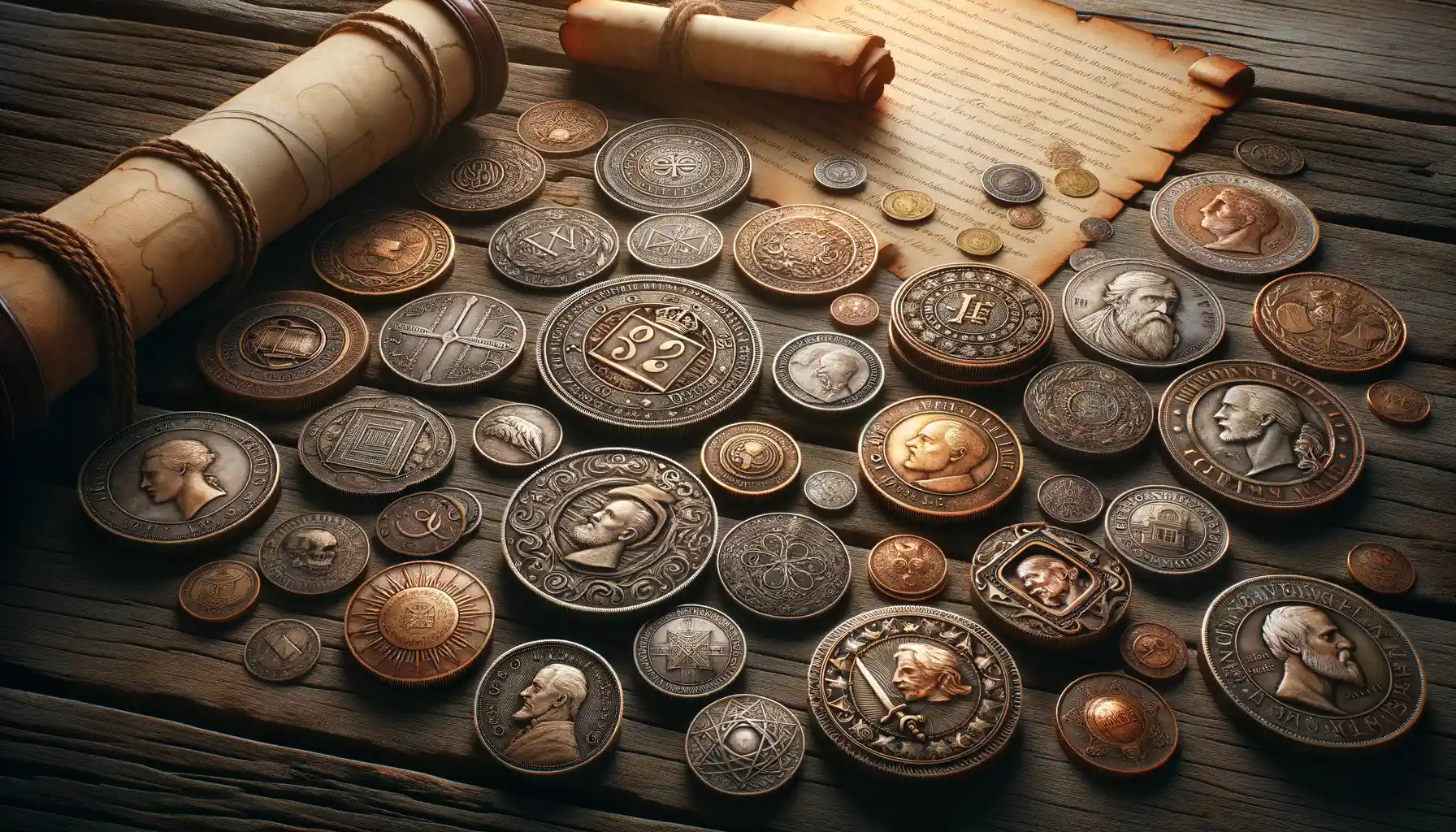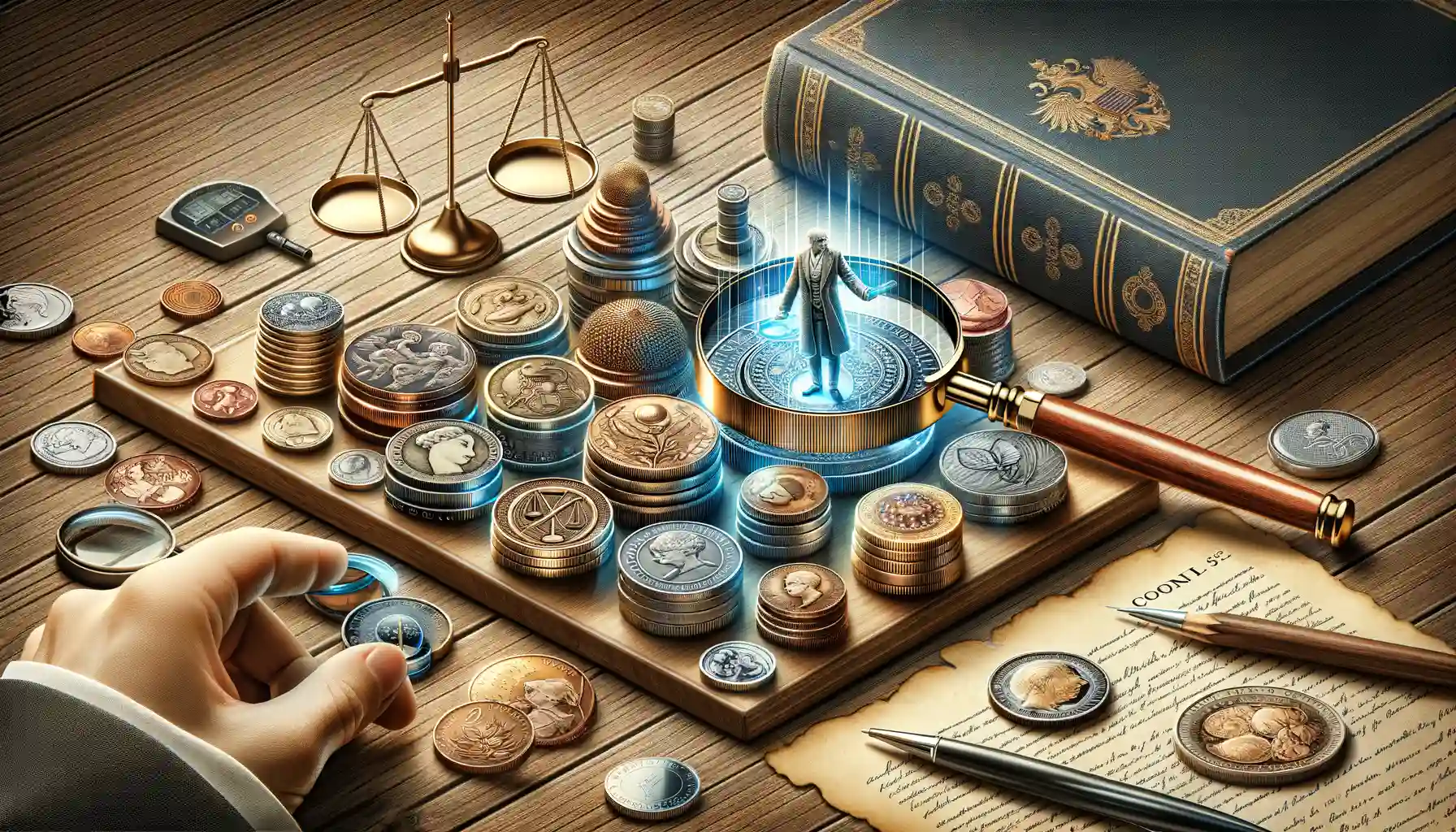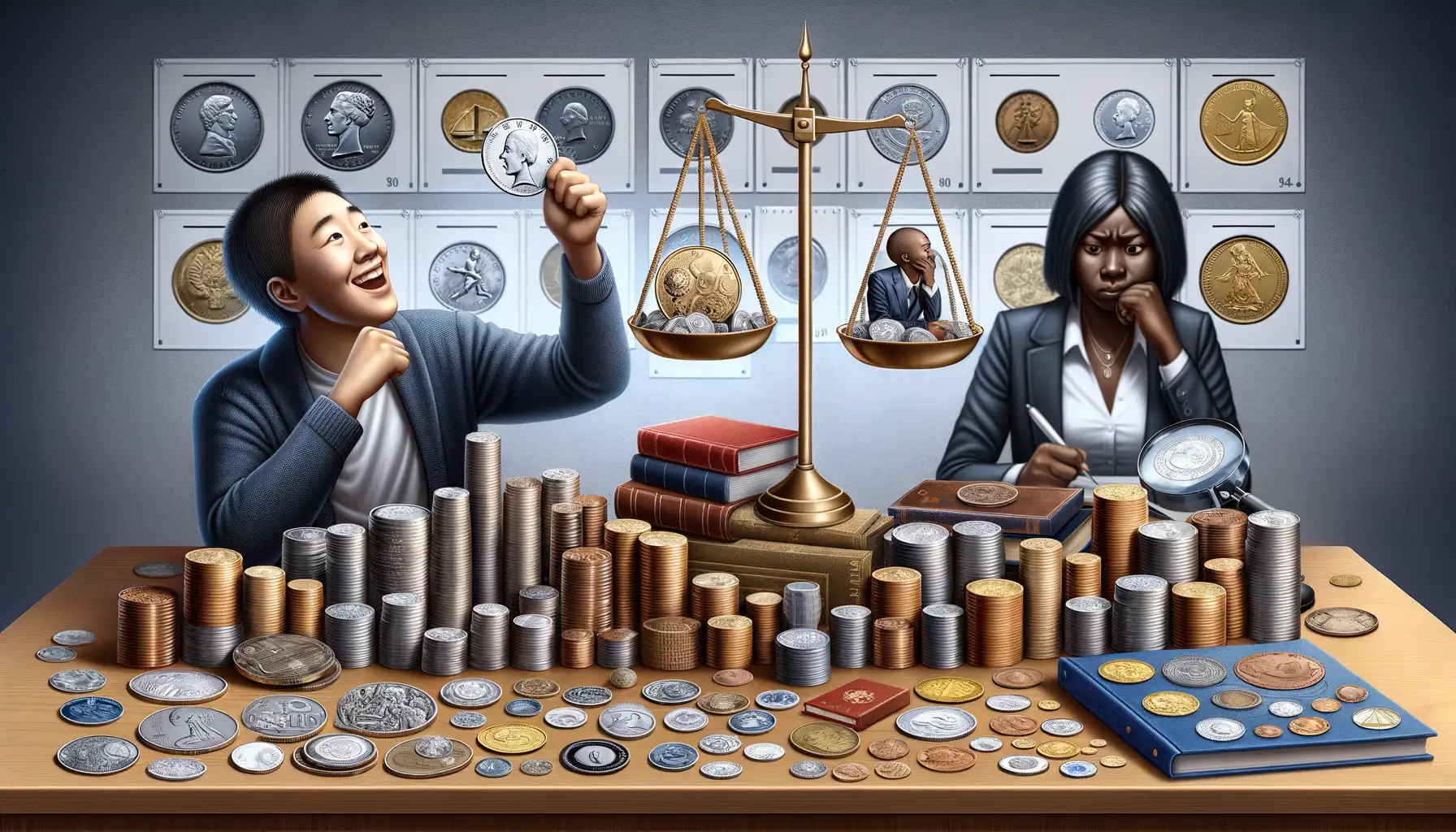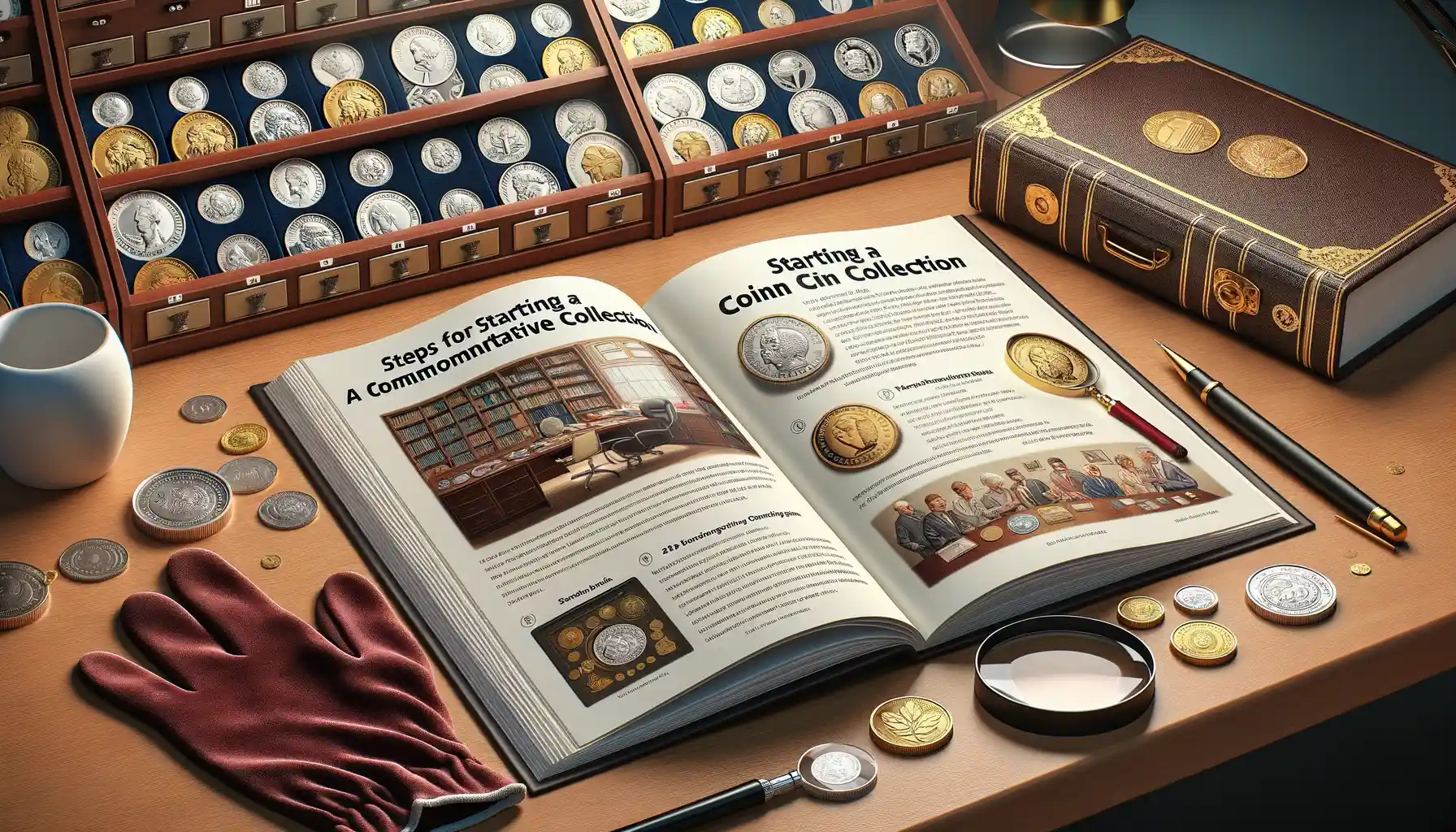Understanding Commemorative Coins
Why Commemorative Coins Are More Than Just Money
Have you ever held something in your hands that felt like a tiny piece of history? That’s the magic of commemorative coins. These aren’t just bits of metal jingling in your pocket; they’re storytellers. Each coin is crafted to honor a moment, a person, or an event worth remembering. Think of them as miniature time capsules you don’t have to bury.
What makes these coins special? For starters, they often feature intricate designs that leap off the surface. A commemorative coin might show the face of a beloved leader, an iconic landmark, or even a mind-blowing event like the moon landing. It’s art and history combined into something you can hold.
- Limited editions: Most are minted for a short period, meaning they’re as rare as finding treasure in your backyard.
- Unusual materials: You’ll find coins made of silver, gold, or even platinum, giving them value beyond their symbolism.
So, the next time you see a commemorative coin, don’t just glance at it—feel the weight of its story. What chapter of history will you uncover?
History and Purpose of Commemorative Coins

The Origins of Commemorative Coins
Picture this: it’s 336 BC, and Alexander the Great has just minted a coin to celebrate his victories. That little chunk of metal wasn’t just currency—it was a story, a tribute, a slice of history you could hold in your hand. Commemorative coins have been around for millennia, marking humanity’s most significant moments. From ancient Roman emperors celebrating military conquests to modern nations honoring peace treaties or moon landings, these coins capture time itself.
But it’s not all battles and kings. Take, for instance, the 1925 U.S. Stone Mountain Half Dollar. It wasn’t just about celebrating Southern generals; it was created to fundraise for the mountain’s carving project. Here’s the twist: these coins often served dual purposes—one as a keepsake and another as a practical tool to raise money or rally patriotism.
Why Are They Made? Stories Behind the Metal
Commemorative coins are like tiny monuments, crafted to evoke pride, remembrance, or even a tear or two. Reasons behind their birth include:
- Celebration: Think Olympic Games or historic anniversaries etched into silver and gold.
- Education: They spread awareness, teaching us about heroes and milestones otherwise forgotten.
- Fundraising: Some coins directly support causes like construction projects or charities.
Ultimately, these coins aren’t just minted for collectors—they resonate with everyone who values heritage, hope, and history in the palm of their hand.
Factors That Determine the Value of Commemorative Coins

What Makes Some Coins Shine Brighter Than Others?
Ever wondered why some commemorative coins fetch sky-high prices, while others seem to just… sit in the corner like forgotten wallflowers? The value of a commemorative coin isn’t just about its shiny surface or sentimental story—it’s a fascinating cocktail of elements that gives each coin its unique worth. Let’s break it down:
- Rarity: Limited-edition coins are the kingpins of the collectible world. If only a few were minted, collectors often scramble to own one, which pushes up their value.
- Condition: A coin in pristine, untouched condition—known as “mint state”—is like discovering a rare gem in perfect form. Scratches and wear? Not so much.
- Historical Significance: Coins tied to monumental events or anniversaries (think: World War II commemoratives) often hold deeper value for collectors and history buffs alike.
The Artist’s Touch and Material Magic
The artistry behind a coin can be downright mesmerizing. Those intricate designs? Yep, they’re the handiwork of master engravers whose talent adds immeasurable beauty. Oh, and let’s not forget the materials: Is it crafted from pure gold, shimmering silver, or everyday metals? Precious materials add that tangible value you can literally feel in your hand.
So, the next time you’re gazing at a gleaming commemorative coin, remember—its worth goes far beyond its face value. It’s a story, a masterpiece, and sometimes, even an investment rolled into one.
Pros and Cons of Collecting Commemorative Coins

Why Collecting Commemorative Coins Feels Like Treasure Hunting
Picture this: holding a small, glinting piece of history in the palm of your hand. That’s what collecting commemorative coins feels like—a little slice of time frozen in metal. One huge advantage? These coins often celebrate monumental moments or legends, from the moon landing to the life of Abraham Lincoln. Owning one isn’t just having a coin; it’s like owning a whisper of the past.
On the practical side, some collectors strike gold with long-term value. Certain coins become rare commodities over decades, turning a hobby into a lucrative investment. And let’s not underestimate the sheer joy of building a collection. It’s like curating your own private museum, with each coin telling its own fascinating tale.
But (and there’s always a but), it’s not all shiny and perfect.
- High cost: Some coins can be pricey, especially limited editions.
- Unpredictable value: Not every coin will appreciate over time; trends matter more than you think.
For some, storage is another conundrum—where do you safely stash something so valuable? Yet, for many, the joy far outweighs the drawbacks. Isn’t that the beauty of passion?
Tips for Starting a Commemorative Coin Collection

Find Your Theme or Story
Starting a commemorative coin collection is like crafting your own treasure map—every coin you collect tells part of your story. Begin by asking yourself: What excites you? Are you drawn to coins that celebrate historic events, commemorate famous figures, or showcase cultural heritage? Maybe you’re fascinated by Olympic Games coins or coins honoring space exploration. Choose a theme that resonates with you; it’s the heartbeat of your collection and keeps the adventure alive.
Practical Steps to Kickstart Your Journey
Getting started doesn’t need to be overwhelming. Start small, but start smart:
- Research first: Look up reputable mints like the U.S. Mint or Royal Mint, and familiarize yourself with different finishes (proof vs. uncirculated) and metals (gold, silver, etc.). Knowledge is power!
- Set a budget: Don’t break the bank chasing rare pieces. Instead, focus on affordable coins with compelling designs or stories. Over time, you’ll build confidence to branch out.
- Store with care: Invest in coin holders or albums to protect your treasures from scratches or tarnish. A well-preserved coin not only stays beautiful but retains value.
Think of each coin as a window into history or a mirror reflecting your personal interests—and let the thrill of discovery guide you forward!